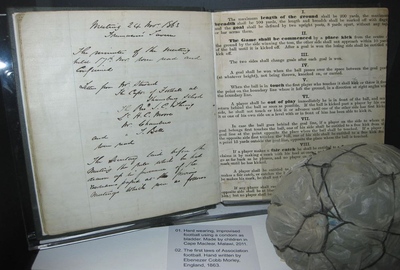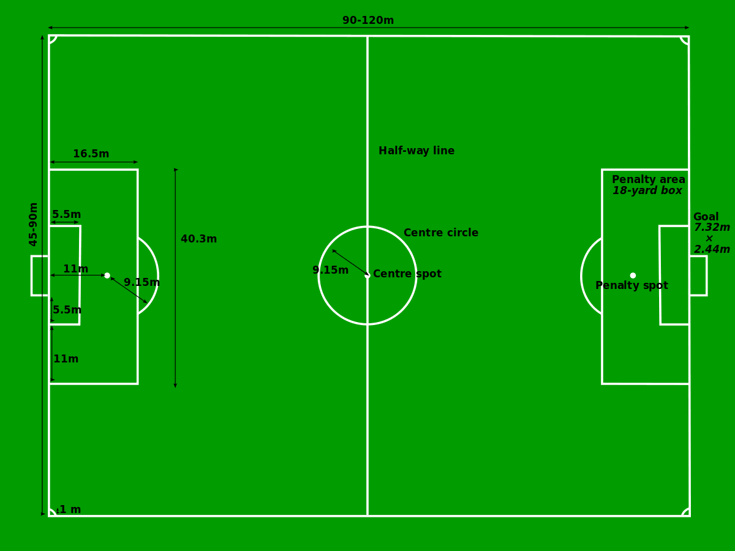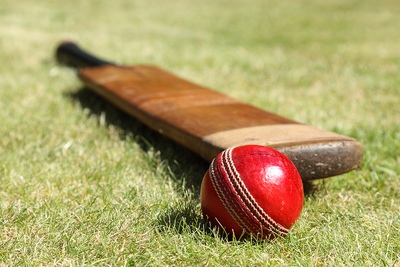Image Source: Adrian Roebuck, CC BY-SA 3.0, via Wikimedia Commons
In the world of football, we often take the rules and regulations for granted. But have you ever wondered how the measurements on the pitch came to be? Why is the six-yard box six yards from the goal? Why is the eighteen-yard box located where it is? And why do players have to stand ten yards away during a set-piece?
Let’s take a closer look at the fascinating origins of these measurements and uncover the stories behind them.
Bạn đang xem: Football Field Measurements: A Fascinating Journey into the Origins
The Origins of Measurements
To understand how these measurements came about, we need to travel back to the middle of the 19th century in England. At that time, imperial units were widely used, such as miles, feet, and inches. The relationship between imperial and metric measurements was not as straightforward as it is today, making precise measurements a challenge.
When football pitches were being measured out, simplicity was key. The measurements needed to be easy for a normal person to calculate without the use of complex tools. Thus, round numbers of yards and feet were initially used to measure out the distances on a football pitch.
For example, the radius of the center circle today is about 9.15 meters, which translates to roughly 10 yards in the 19th-century measurements. This trend of using round numbers continues throughout the pitch. The distance between goal posts is 8 yards or 24 feet, and the height of a goal is 8 feet.
Xem thêm : Best Formations to Counter the 4-4-2 in Soccer
Here are some other exact measurements used in football:
- Radius of corner flag arc = 1 yard
- Width of penalty area = 44 yards
- ‘D’ on penalty area = circle with penalty spot at the center with a radius of 10 yards (added in 1937)
- Distance of penalty spot from the goal line = 12 yards
The Influence of Cricket
While there may not be a direct relationship between football and cricket, cricket is an older game and pre-existing cricket pitches were often used for early football matches. This led to some interesting crossovers between the two sports.
For instance, the penalty spot was established as being 12 yards from the goal line. The small rectangle inside the penalty area, known as the six-yard box, is 6 yards out from the goal and begins 6 yards either side of the goal posts. Doubling this distance gives us 12 yards.
If we add another 6 yards, we get 18 yards, which is the distance from the goal line that the edge of the penalty area runs. The area also starts 18 yards from either post, creating the rectangular penalty area. These measurements are based on multiples of 6 yards.
But why was the measurement of 6 yards chosen in the first place? The answer lies in the historic measurement known as a chain, which was double the length of a cricket pitch (22 yards). Groundsmen and designers of football pitches would have found this measurement convenient, aligning with the use of round numbers.
Unanswered Questions
While we now have a better understanding of how these measurements came to be, there are still unanswered questions. The creators of the rules for football did not explicitly document their thought process, making it challenging to find definitive answers.
However, we can speculate on the factors that might have influenced these measurements. To ensure fairness, the creators would have considered:
- The advantage given to the attacking team if fouled
- Preventing the defensive team from impeding the free-kick or corner kick
- Moving defenders away from attackers to create space
- Using strides as a simple way to determine distances
Ultimately, the measurements used in football, such as 6, 8, 10, and 12 yards, were chosen based on a combination of necessity, convenience, and historical influences.
FAQs
Q: Why are football pitch measurements not standardized worldwide?
A: The International Football Association Board allows for variations in pitch dimensions, with individual leagues adding their own specifications. This flexibility allows for cultural and regional preferences within the sport.
Q: Are there any other sports that influenced football pitch measurements?
A: While cricket played a role in the early development of football pitches, other sports, such as rugby and American football, have their own unique field dimensions.
Q: How do football pitch measurements affect the gameplay?
A: The dimensions of a football pitch impact the flow of the game, player positioning, and strategic decisions. For example, the size and layout of the penalty area and goalposts determine the scoring opportunities and defensive strategies.
Conclusion
The evolution of football field measurements is a fascinating mix of history, convenience, and the influence of other sports. From the use of round numbers to the connection with cricket measurements, these dimensions have become an integral part of the beautiful game.
As we continue to enjoy the sport, let’s appreciate the thought and craftsmanship that went into creating the pitches we see today.
For more information about the Movin993 brand and the latest updates in the world of football, visit Movin993.
Nguồn: https://movin993.com
Danh mục: Tin tức






